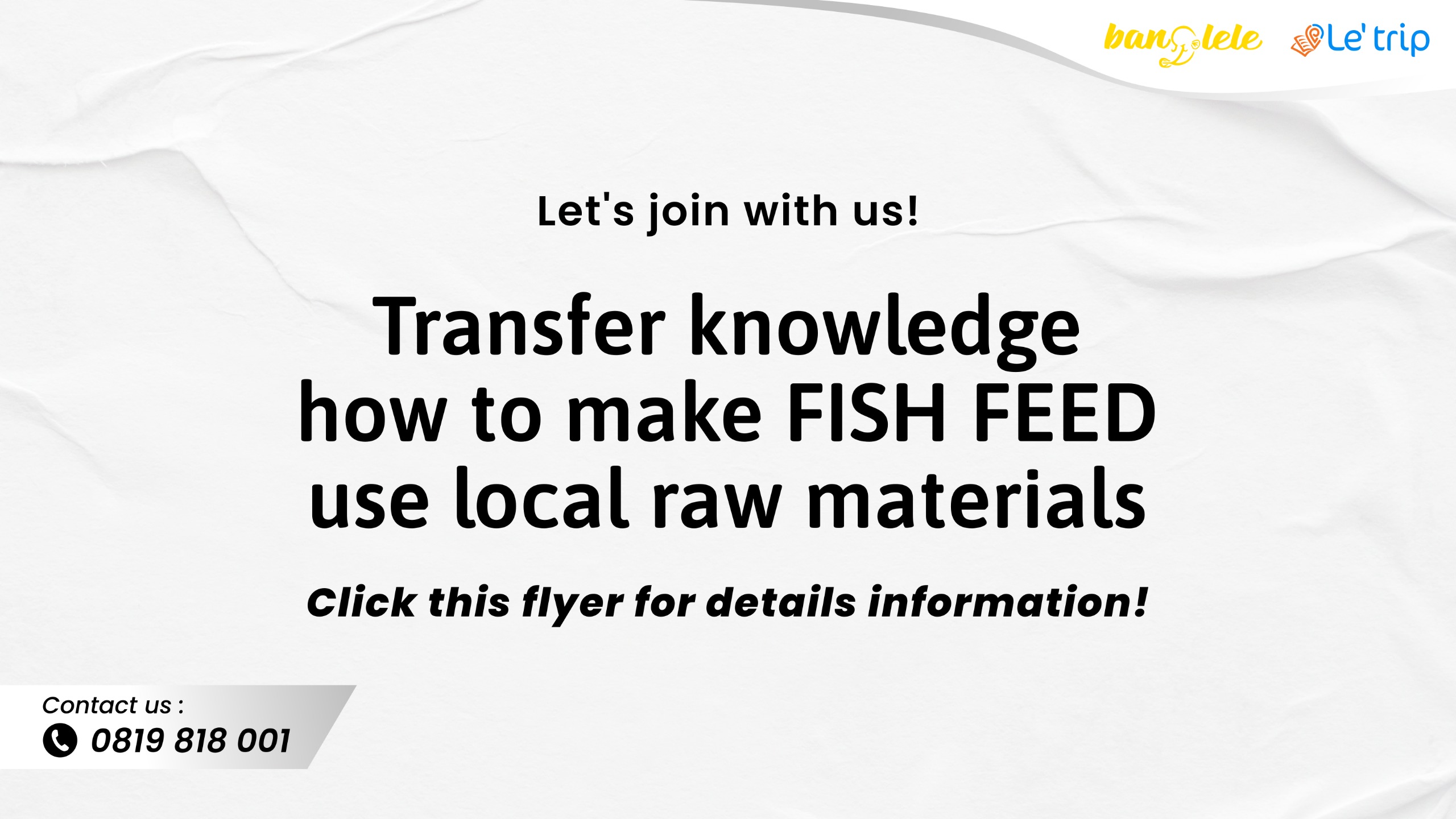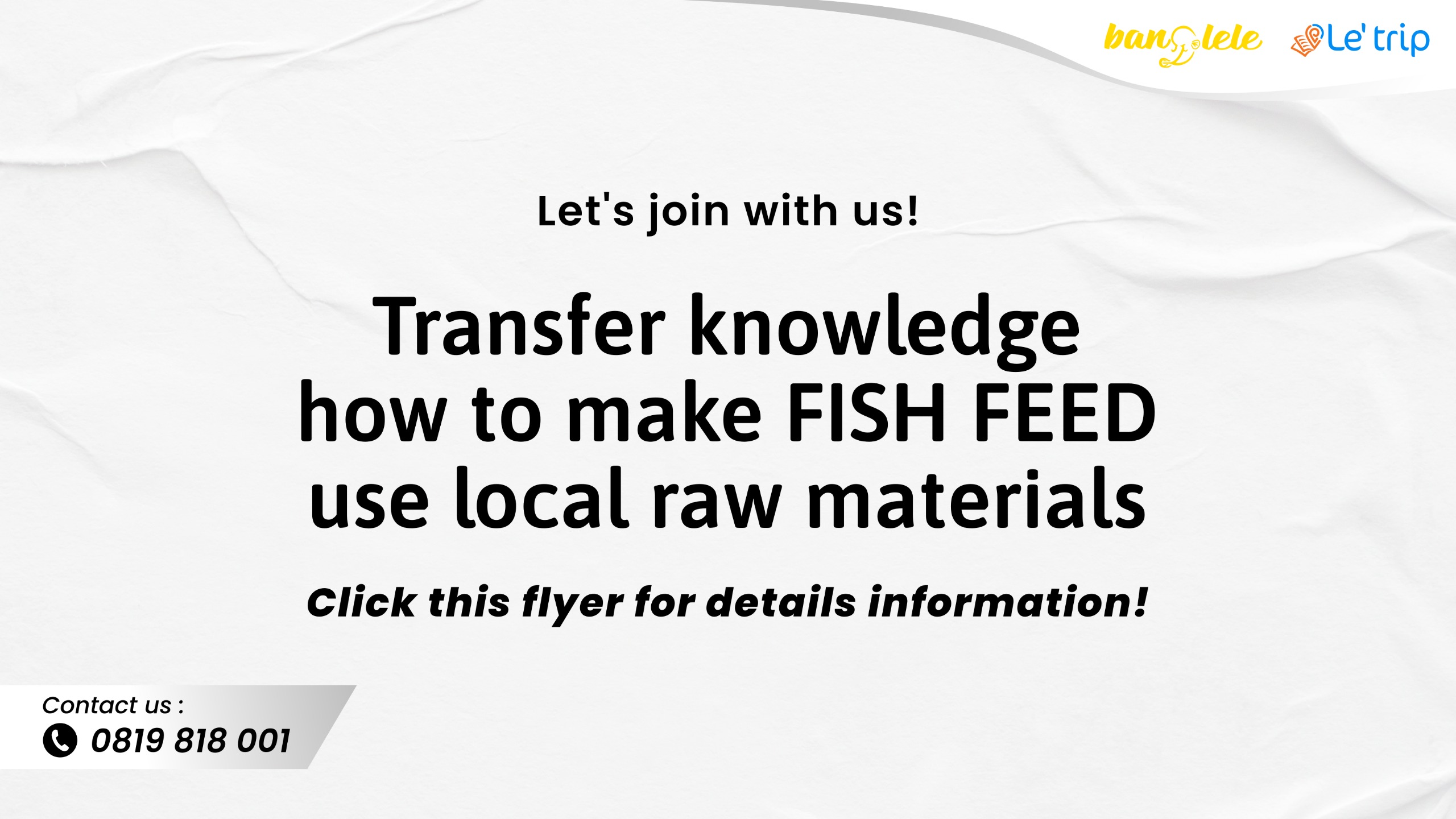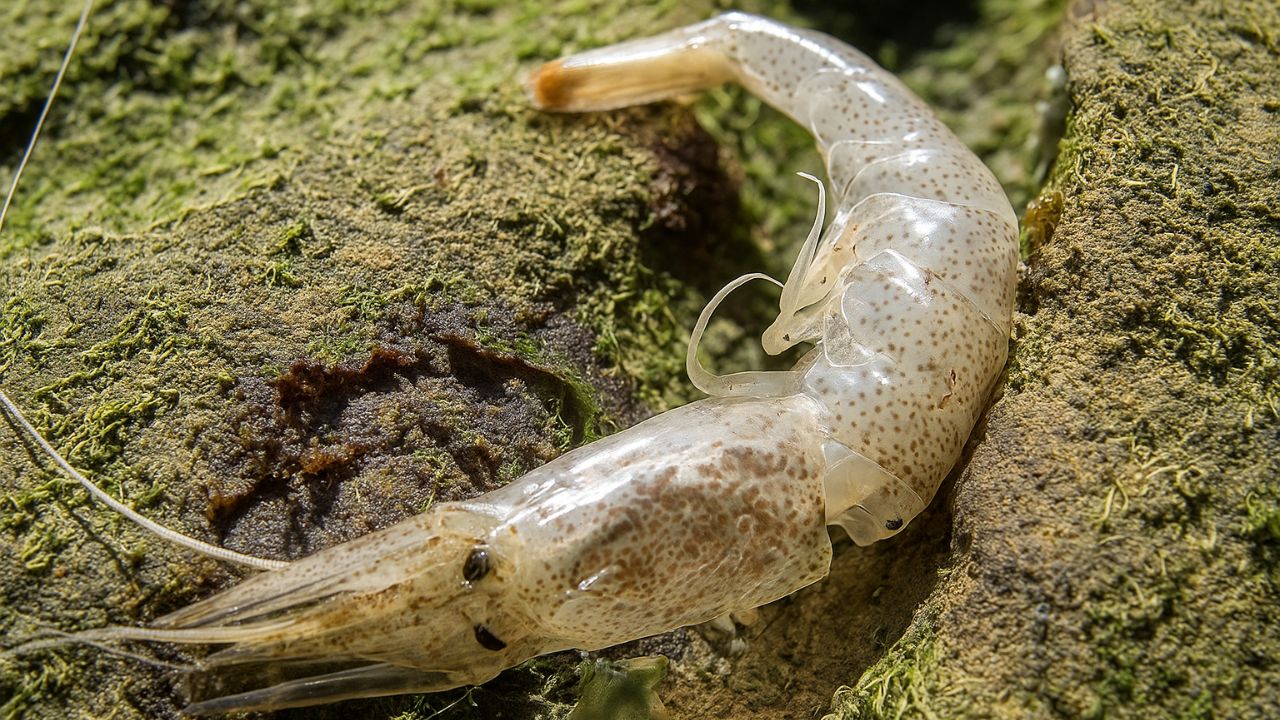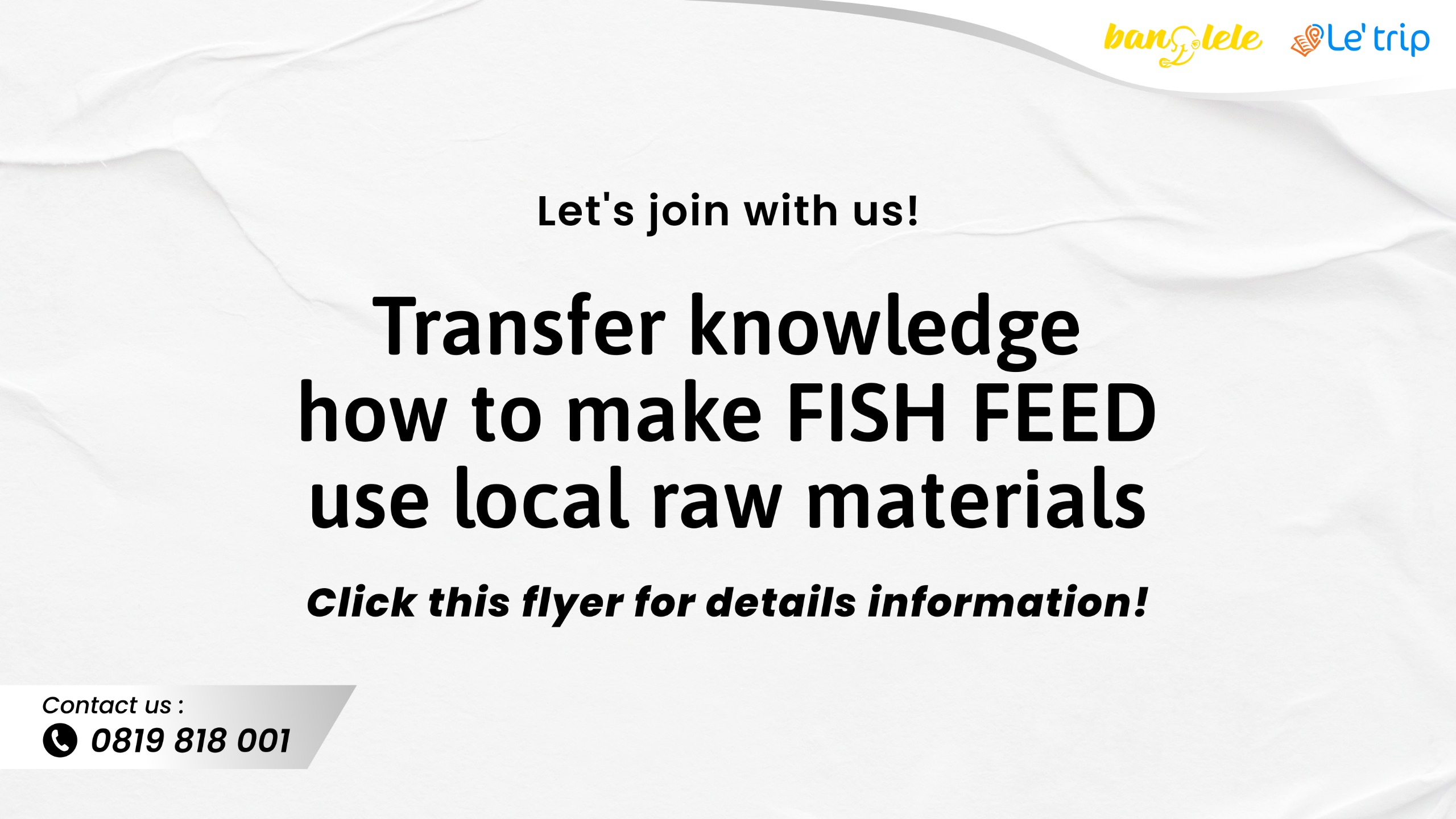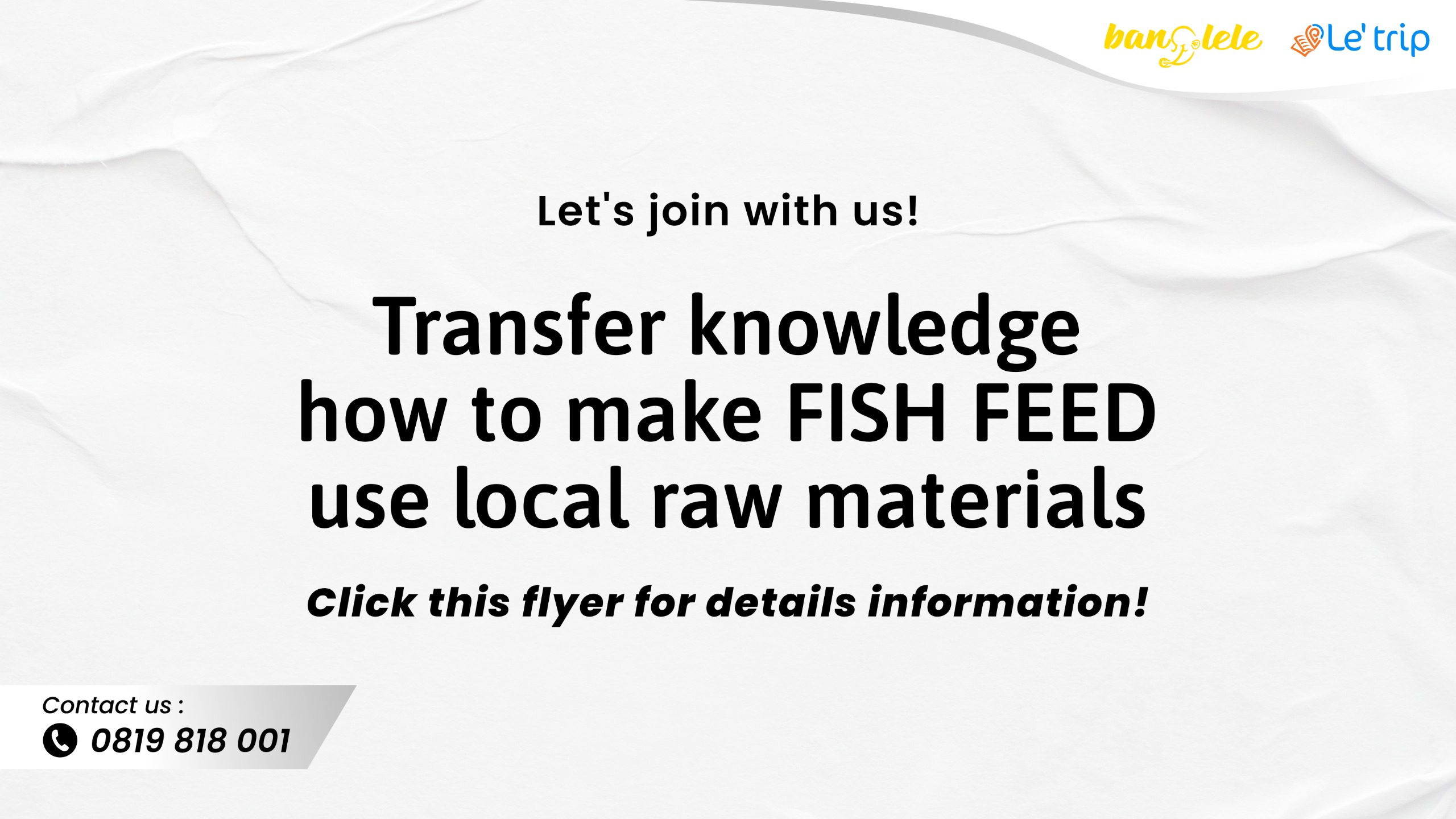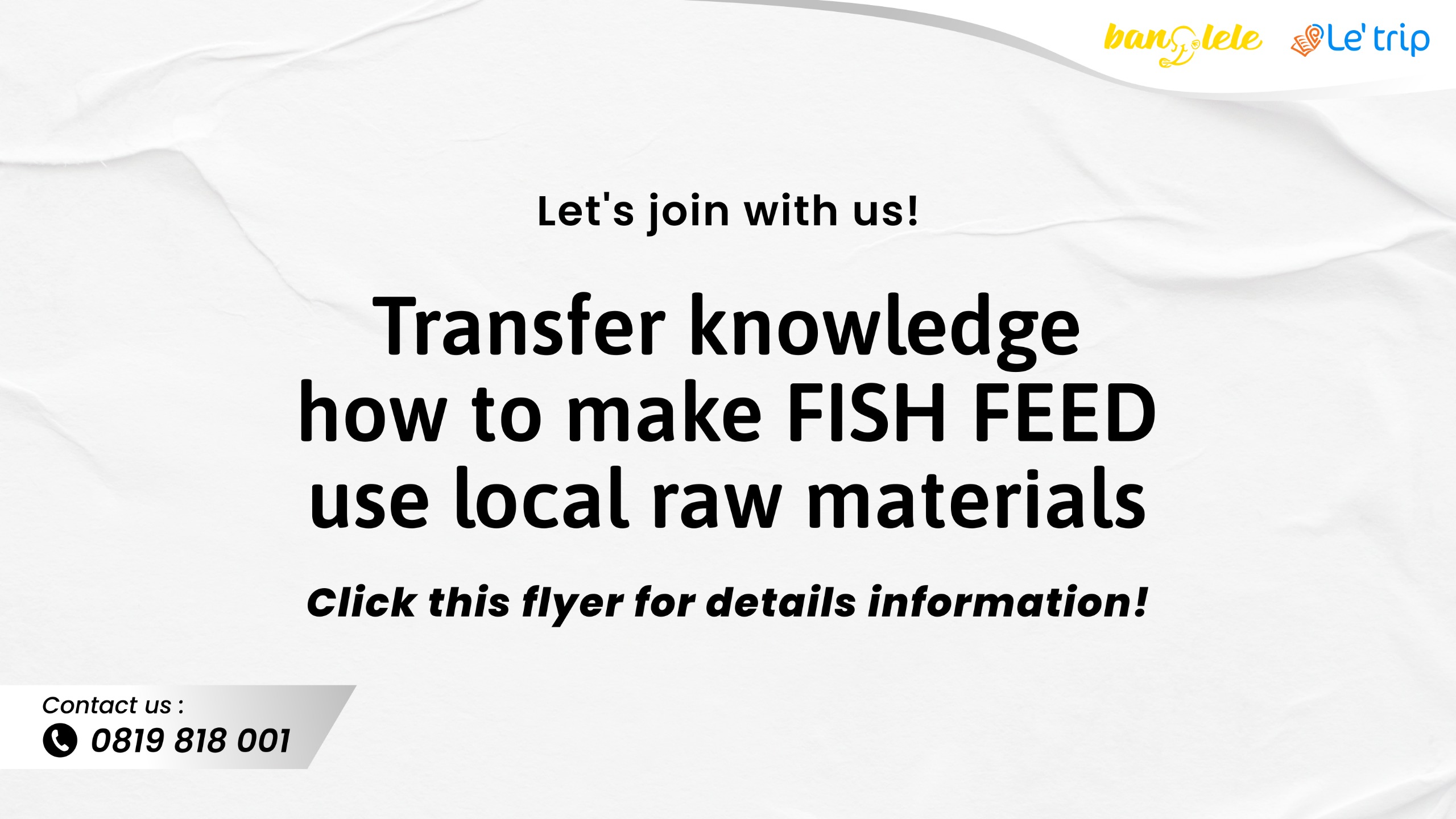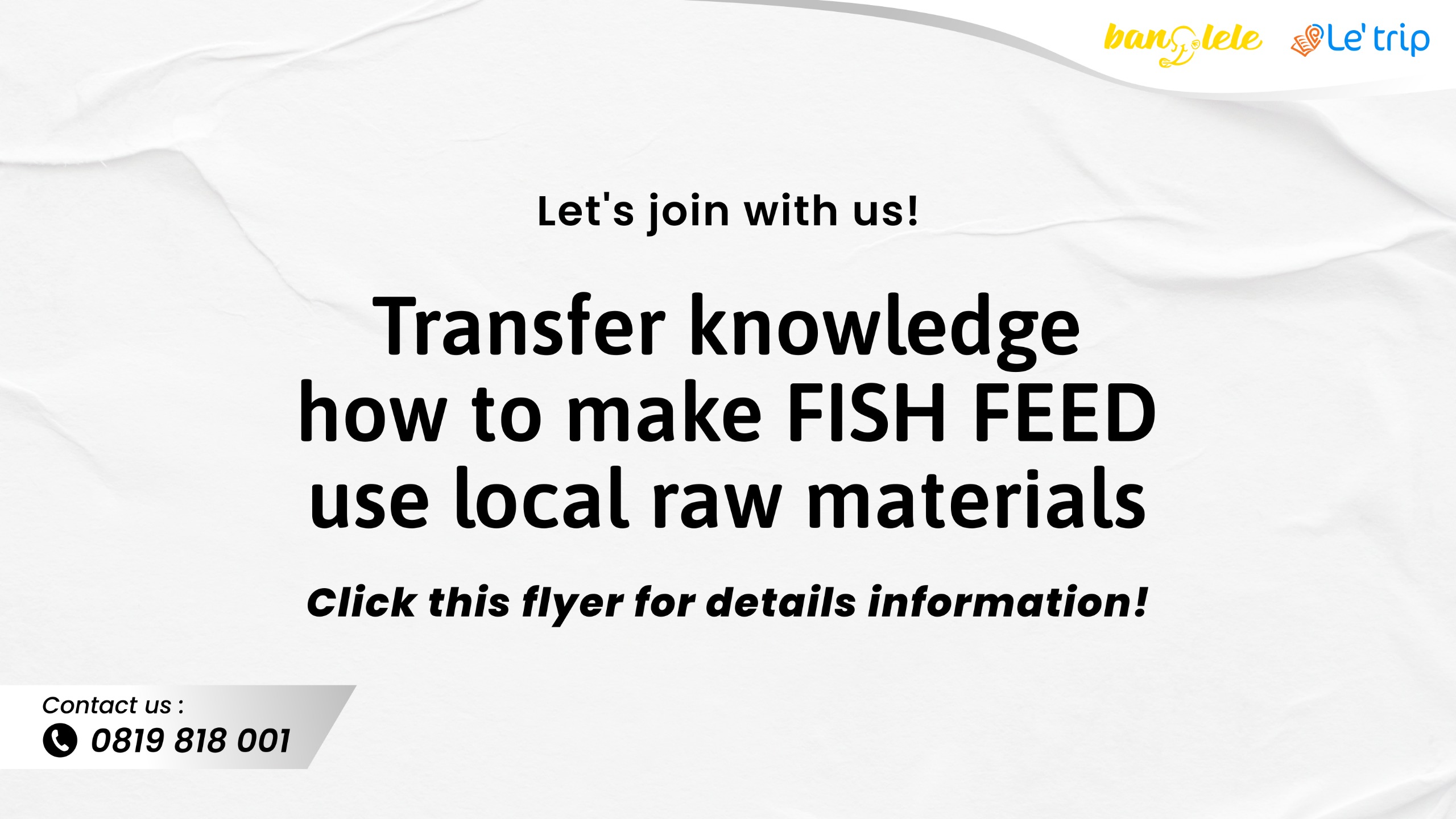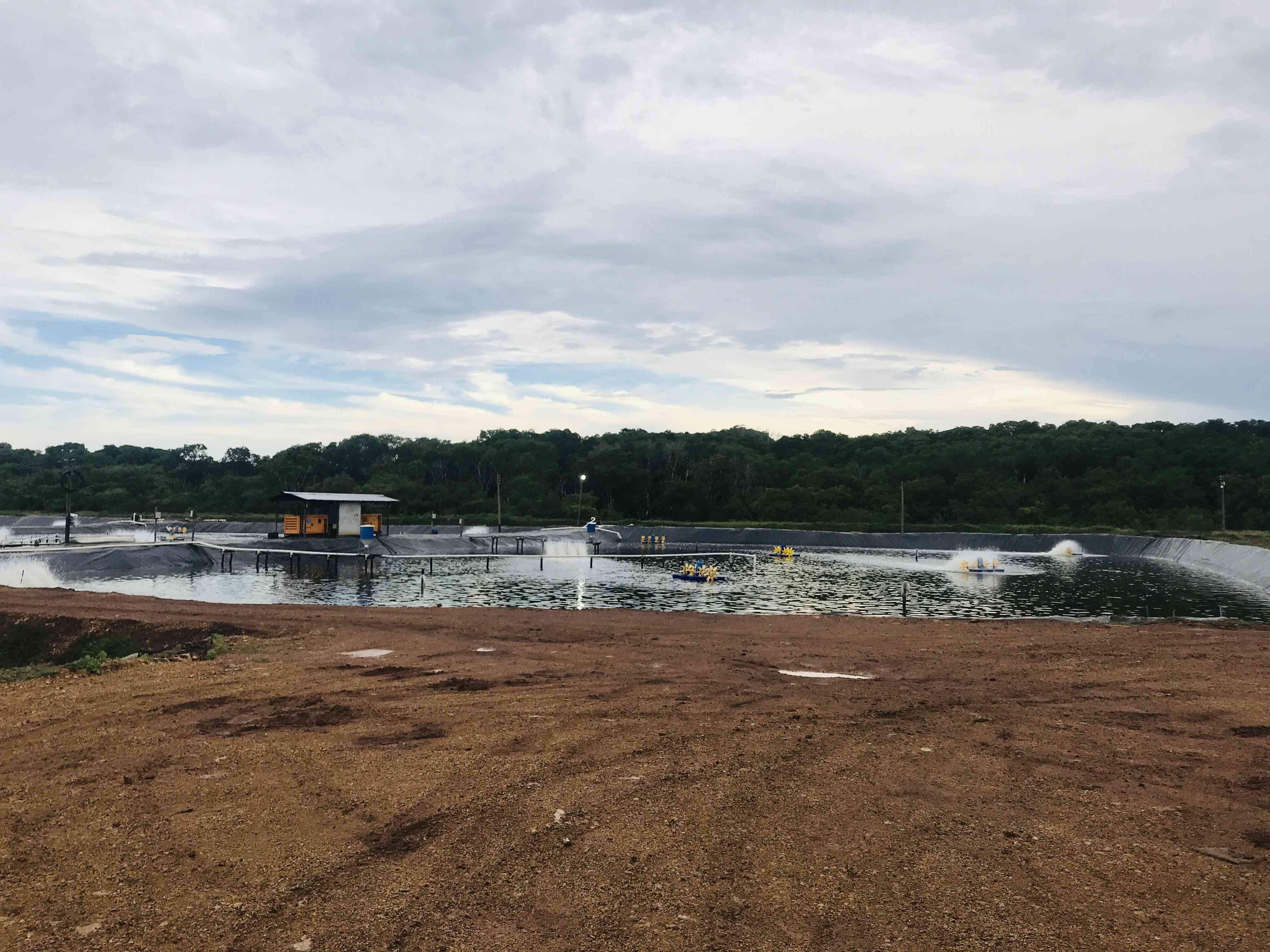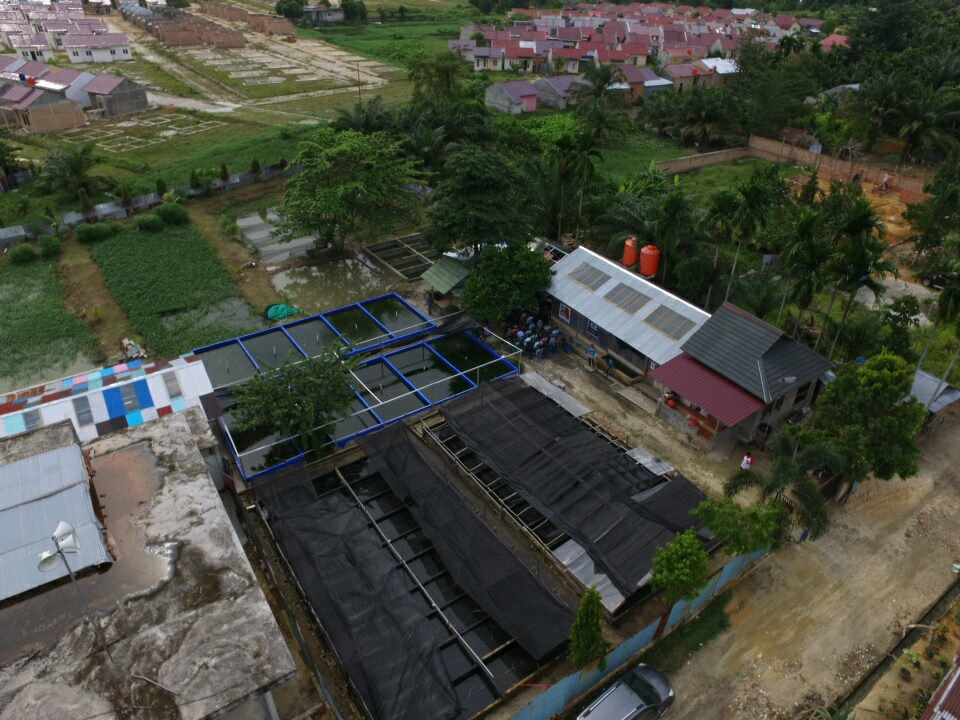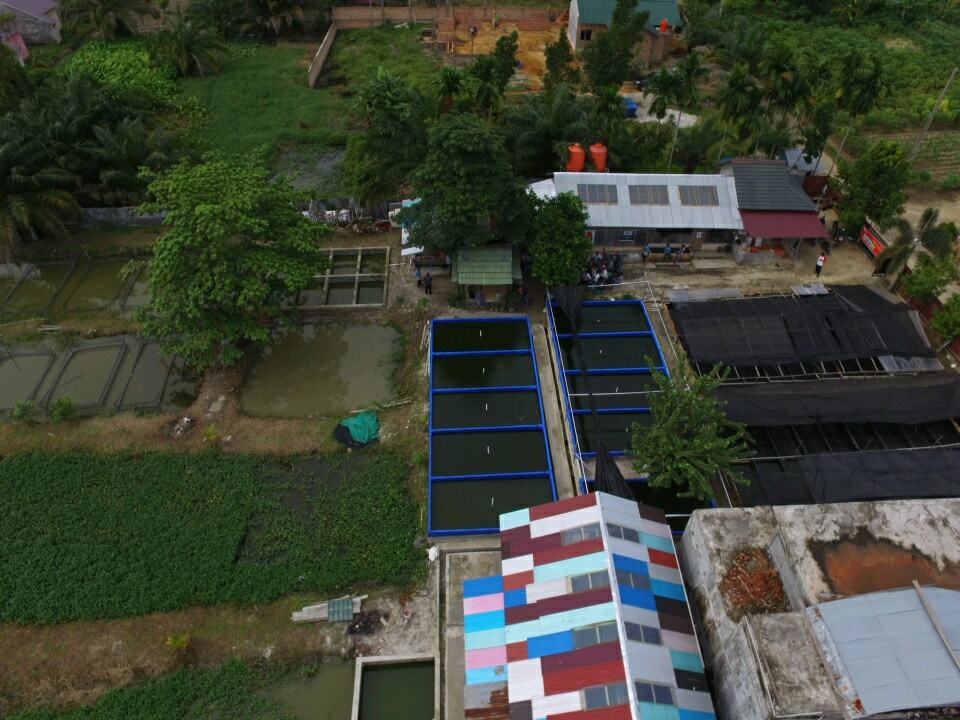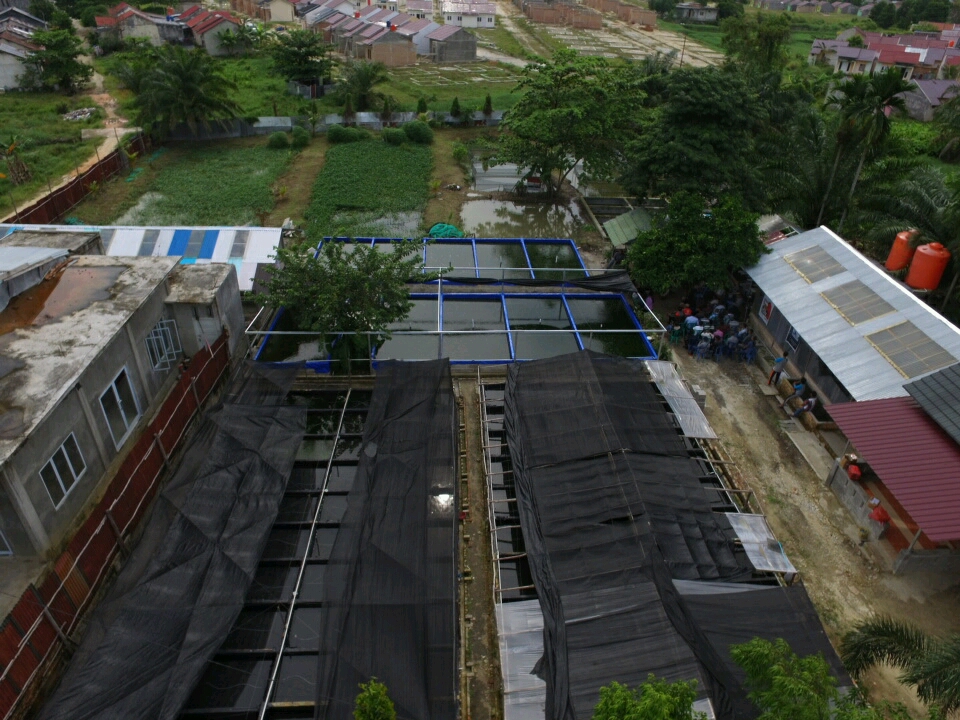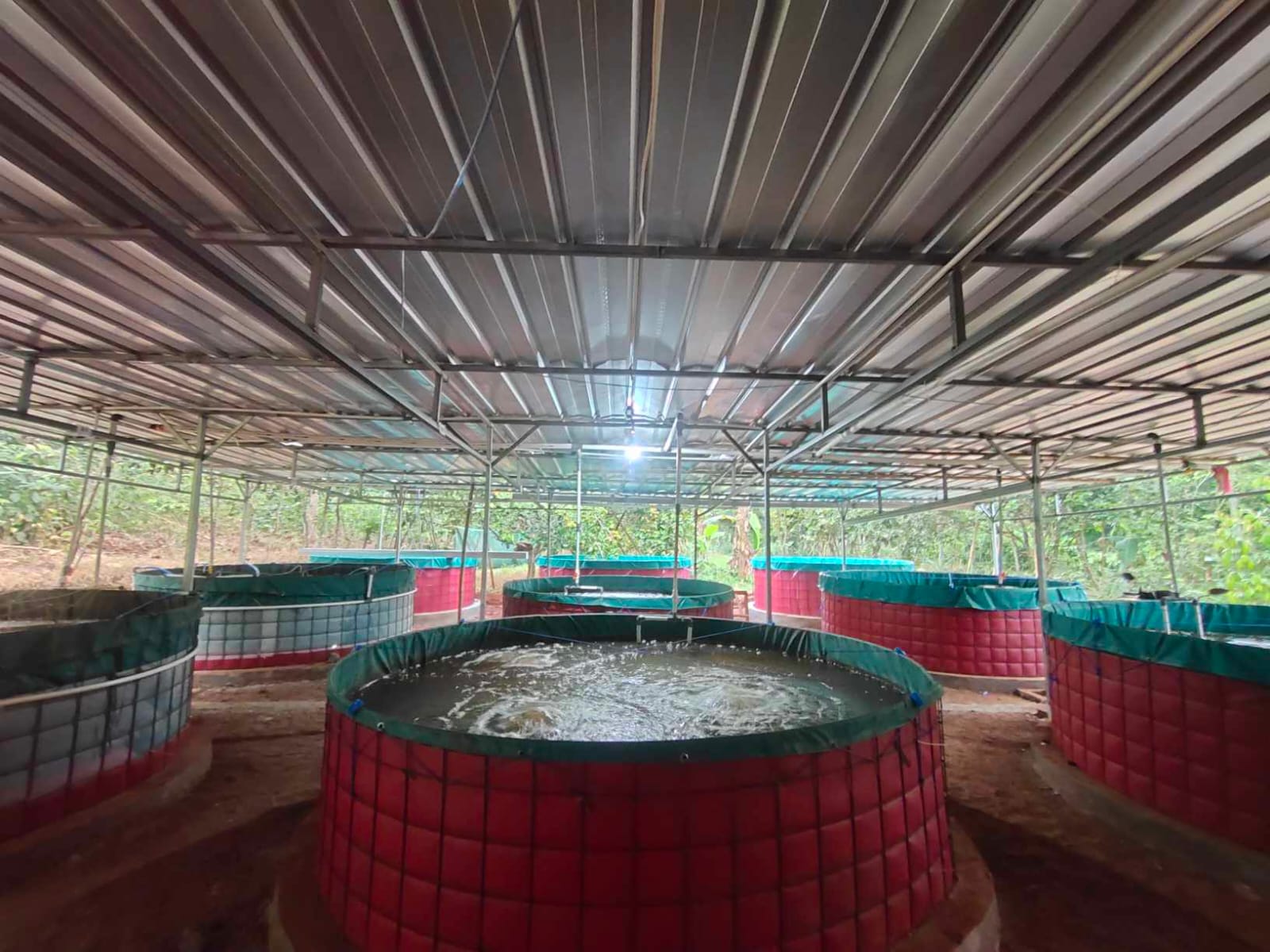In the aquatic world, crustaceans like shrimp, crabs, and lobsters are the knights of their realm. They are encased in a suit of armor—an exoskeleton—that is both incredibly strong and remarkably versatile. This external skeleton serves not only as a formidable shield against predators and physical harm but also as the rigid framework supporting their bodies. Yet this biological armor harbors a single, crucial flaw: it cannot grow.
This limitation presents a fundamental paradox. How can an animal expand its body when it is trapped inside a shell that is fixed and inelastic? The answer lies in a perilous but essential process known as molting, or ecdysis. Far from a simple act of shedding an old coat, molting is a profoundly complex biological event, orchestrated by hormones and demanding immense energy. Each cycle is a gamble between life and death. Success brings a significant leap in growth; failure almost certainly means the end.
For those who farm Pacific white shrimp, black tiger shrimp, or mangrove crabs, this phenomenon is a double-edged sword. On one hand, molting is the only mechanism that allows the biomass in a pond to increase, making it the primary determinant of profit. On the other, it is the most vulnerable period in an animal's life, a time when mass mortality can strike and threaten an entire harvest. This article explores why molting is such an intricate physiological process and why it represents the most critical juncture in the life of a crustacean.
The biological mechanism of molting
The process of molting is not a random occurrence but a cycle planned with extraordinary precision at the cellular and hormonal levels. To understand it, one must first examine the architecture of the armor itself, then the hormonal system that commands it, and finally the four physiological acts that unfold in every cycle.
The exoskeleton, often called the carapace or cuticle, is far more than a dead shell; it is a complex, functional, multi-layered organ. Its primary component is chitin, a structural polysaccharide that provides flexibility, bound together by a protein matrix. Its signature hardness and rigidity come from being fortified with inorganic minerals, chiefly calcium carbonate and magnesium, which are deposited within this matrix.
This structure serves a vital dual purpose. Beyond its role as a protective shield, the exoskeleton provides the attachment points for muscles, enabling the swift and precise movements of the crustacean. However, its inflexible nature is precisely why molting is a biological imperative for growth.
The entire cycle is governed by an endocrine system that functions much like the control system of a vehicle, complete with an accelerator and a brake to initiate and halt the process. The "brake pedal" is the Molt-Inhibiting Hormone (MIH), a neuropeptide produced in a neurosecretory center known as the X-organ/sinus gland complex. Uniquely, this control center is located within the crustacean’s eyestalks. During the intermolt phase—the period between molts—MIH is actively released into the hemolymph (the open circulatory system), where it suppresses the glands that produce the molting hormone. In essence, MIH ensures that the process does not begin before the animal is physiologically prepared and environmental conditions are favorable.
The "accelerator pedal" is ecdysteroid, a steroid hormone also known as ecdysone or, in its active form, 20-hydroxyecdysone. This hormone triggers the entire cascade of molting events. Ecdysteroids are produced by a pair of glands called the Y-organs, located in the head or chest region (the cephalothorax). The process is set in motion when the brain integrates a variety of signals, both internal—such as sufficient energy reserves and reaching a certain body size—and external, including optimal water temperature, food availability, and the photoperiod, or duration of daylight. When these signals are positive, the brain instructs the eyestalks to reduce the release of MIH. This easing of the hormonal "brake" allows the Y-organs to produce and release ecdysteroids into the hemolymph. The resulting surge in ecdysteroid concentration is the primary trigger that commences the preparations for molting.
Growth monitoring of freshwater vannamei shrimp experiencing moulting failure: Luhkan Lamongan/Awang Rochadiyan Okrista
This intricate relationship between the environment and the hormonal system is critical, particularly in aquaculture. Poor environmental conditions, such as unstable water quality, extreme temperatures, or low oxygen levels, can induce chronic stress. This stress disrupts the signals sent to the brain, which in turn may maintain high levels of MIH release. As a result, the molting process can be inhibited or fail entirely, leading to stunted growth and increased mortality.
Four acts in the molting cycle
The molting cycle can be understood as a drama in four distinct acts, each with its own physiological and behavioral characteristics.
1. Pre-molting (proecdysis)
This is the longest and most complex preparatory phase. Under the influence of rising ecdysteroid levels, the layer of epidermal cells just beneath the old exoskeleton begins to separate from it in a process called apolysis. Simultaneously, these cells start to synthesize a new cuticle, which at this stage is extremely thin, soft, and folded. The body also begins to release specialized enzymes that dissolve the inner layers of the old shell. In a remarkable act of biological efficiency, valuable minerals are reabsorbed from the old shell and stored within the body. This strategy provides a ready supply of raw materials for the initial hardening of the new shell, reducing the animal's immediate dependence on minerals from the environment. During this phase, the crustacean’s behavior changes dramatically. Its appetite plummets or ceases altogether as all energy is redirected to this internal process. It becomes passive and seeks out a hiding place to await the next stage.
2. Ecdysis (molting)
This is the climax of the cycle—a brief but intensely draining moment. Triggered by a sharp drop in ecdysteroid levels at the end of the pre-molting phase, the crustacean begins the physical act of shedding its old exoskeleton. To do this, it absorbs a massive amount of water in a short time, causing its body to swell significantly. This increase in internal pressure helps crack the old exoskeleton along pre-formed lines of weakness. Through a series of powerful, writhing movements, the animal slowly extracts itself from its former shell, a process that can take anywhere from several minutes to a few hours.
3. Post-molting (postecdysis/metecdysis)
Immediately after emerging, the crustacean enters the most dangerous phase of its life. Its body is now incredibly soft, swollen with water, and almost completely helpless. The new, previously folded shell expands, creating the space needed for growth. The absolute priority during this phase is to harden the new shell as quickly as possible through calcification. This process is heavily dependent on the animal's ability to absorb minerals, especially calcium and magnesium, from the surrounding water. For several hours to several days, the crustacean will remain in hiding, unable to eat, and acutely vulnerable to predators, cannibalism from its own kind, and opportunistic pathogens.
4. Inter-molting (anecdysis)
Once the new shell has hardened enough to provide protection and structural support, the crustacean enters the inter-molting phase. This is a period of recovery and growth. Appetite returns to normal and often reaches its peak. The energy derived from food is used to synthesize new muscle and organ tissue, filling the empty space created within the larger exoskeleton. This is the longest stage in the cycle, during which the crustacean actively forages, interacts with its environment, and accumulates energy reserves in the form of glycogen and lipids to prepare for the next molting cycle.
The benefits of molting
Despite its inherent risks, molting provides benefits that are fundamental to a crustacean’s existence.
Unlike vertebrates, which grow in a continuous, linear fashion, crustaceans exhibit step-wise growth. A substantial increase in body size occurs only within the very brief window—just a few hours—following ecdysis. During this time, the massive intake of water stretches the soft new shell to its maximum potential size. The increase in body weight from a single molt can be as high as 20 to 40 percent.
One of the most astonishing aspects of molting is the ability to regenerate lost or damaged limbs, such as claws, legs, or antennae. This process, known as autotomy, is an active defense mechanism. When threatened by a predator or severely injured, a crab or lobster can deliberately sever a limb at a predetermined fracture point to make its escape. The loss of a limb often triggers a hormonal response that accelerates the next molting cycle, initiating a kind of "emergency molt." During the subsequent inter-molting and pre-molting phases, a new limb bud forms inside the shell. After the next ecdysis is complete, a new, functional limb—though perhaps smaller at first—emerges. This regenerative capacity is an extraordinary survival strategy, allowing an animal to sacrifice a part of its body to save its life, with the assurance that the part can be regrown.
Some parts of the shrimp's body are lost due to moulting: Luhkan Lamongan/Awang Rochadiyan Okrista
Molting is not only essential for growth and repair but is also intimately linked to reproduction in many species. In the mangrove crab, for example, a female can only mate during a very brief period immediately after she has molted, when her shell is still soft. This phenomenon, known as post-molt copulation, ensures the successful transfer of the spermatophore, or sperm packet, from the male. To seize this fleeting opportunity, a male mangrove crab will often seek out and guard a female that is about to molt, protecting her from both predators and rivals until ecdysis is complete and mating can occur.
The main threats during the vulnerable phase (post-molting)
Immediately following ecdysis, a crustacean is in a state of extreme vulnerability. Its soft new shell is an ideal entry point for opportunistic pathogens. Dangerous viruses like White Spot Syndrome Virus (WSSV) and Infectious Hypodermal and Haematopoietic Necrosis Virus (IHHNV), as well as bacteria such as Vibrio sp., can easily invade. Compounding this risk, the animal's immune system is at its weakest point, leaving it nearly defenseless against infection.
Beyond disease, crustaceans face the immediate threat of cannibalism. In high-density aquaculture environments, this behavior is especially common. Individuals with hard shells will readily prey upon their weaker, soft-shelled companions. If not properly managed, this natural instinct can lead to a drastic reduction in survival rates.
Environmental stress and osmotic shock pose further dangers. A post-molt crustacean is highly sensitive to sudden shifts in water quality parameters like salinity, pH, or temperature. Because its body has absorbed a large volume of water, any imbalance of ions in the external environment can disrupt its internal fluid regulation. This can trigger osmotic shock, a fatal condition that often leads to death.
Early harvest of vannamei shrimp is carried out to prevent losses due to moulting failure which causes many deaths, especially due to the rain that occurs every day: Luhkan Lamongan/Awang Rochadiyan Okrista
An additional risk arises from the failure of the new shell to harden. The calcification process requires a sufficient concentration of essential minerals, particularly calcium and magnesium, in the surrounding water. In low-salinity environments, a deficiency of these minerals can lead to "soft-shell syndrome," a condition where the shell remains pliable. Unable to move normally or defend itself, the animal ultimately perishes. The very mechanisms that enable growth—water absorption and mineral uptake—become liabilities, underscoring the razor-thin margin between survival and death in the life of a crustacean.
